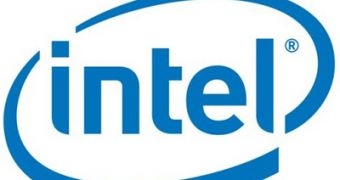Intel can be seen as one of the most successful companies in the IT industry, both in terms of popularity, as well as in terms of financial status. This reputation has been built over the years, mainly thanks to its performance on the desktop- and notebook-PC central processing unit market. This dominance obviously brings it credit, but it does not seem to be sufficient for the still-growing Santa Clara, California-based chip maker, which plans to keep putting efforts into promoting its technology on more market segments.
Recently, Intel has managed to unleash a number of SSDs showing how determined the company has been, and still is, to expand its influence in other fields. Its CPU business, however, still remains the core of its strategy, and the company does not seem willing to rest until it has taken hold of all fields where CPUs are used. This obviously implies that the chip giant is after ARM's territory, namely the smartphone and consumer electronics market. Nevertheless, Intel has, so far, been unable to make any successful forays in this area, but a recent report suggests that this situation may not endure for long.
Intel's chips haven't been able to become popular among smartphone makers because they are simply too power hungry, compared with those using the ARM architecture. To find a solution to this problem, it is trying to accelerate its progress by acquiring companies versed in such products as well as other electronics, such as televisions. Such a tactic, however, might look as though the acquisitions have been made for earnings, a possibility that Intel has been quick to deny.
“We are looking at what we believe can accelerate our progress in those markets,” Chief Financial Officer Stacy Smith said in an interview at Bloomberg’s headquarters in New York today. “As we see other opportunities like that, we think it’s a place where we can and will deploy capital. [...] I am philosophically not a believer in buying for revenue or buying for earnings,” she stated. Unfortunately, she would not say how much the chip developer was willing to spend, nor did she mention any targets.

 14 DAY TRIAL //
14 DAY TRIAL //